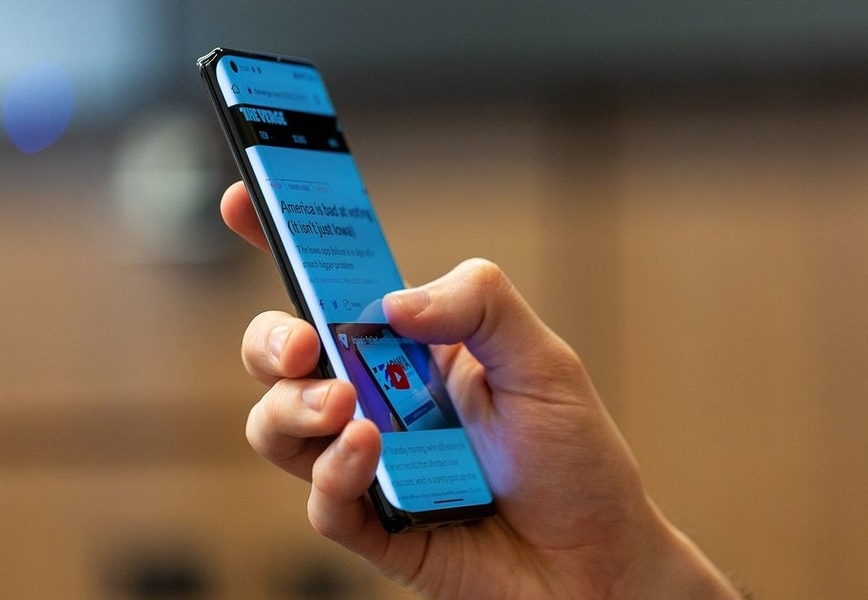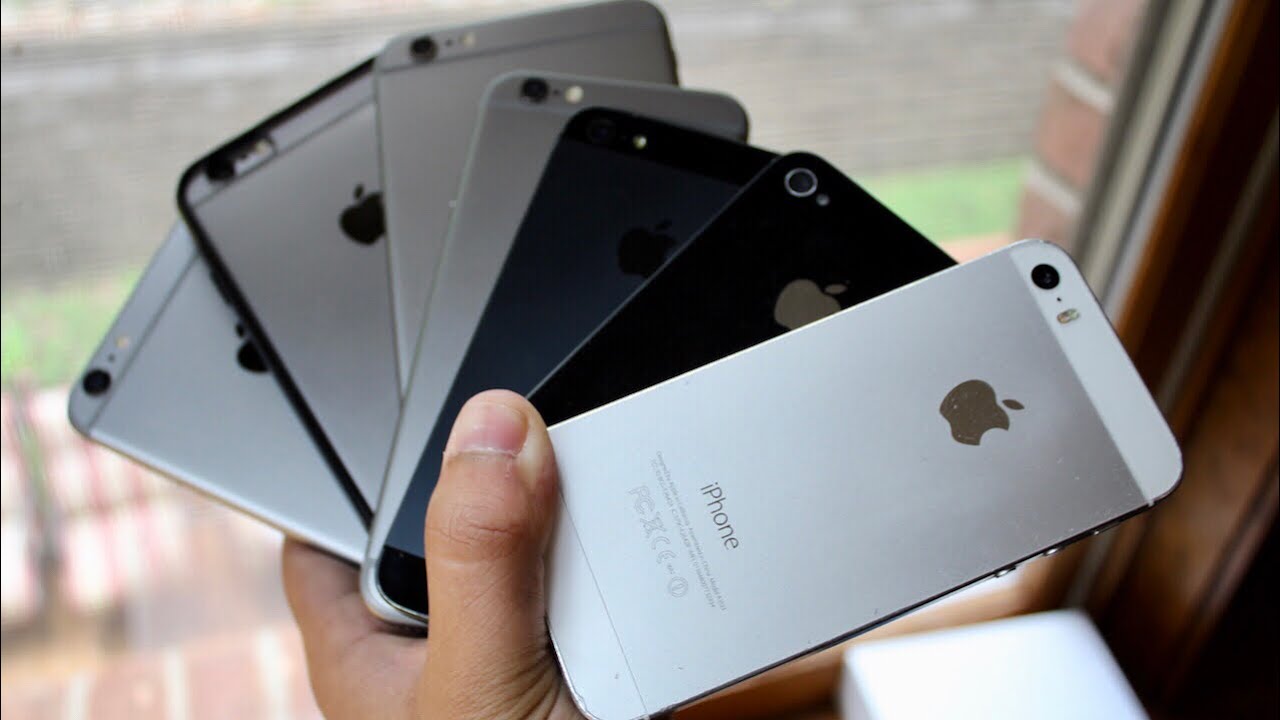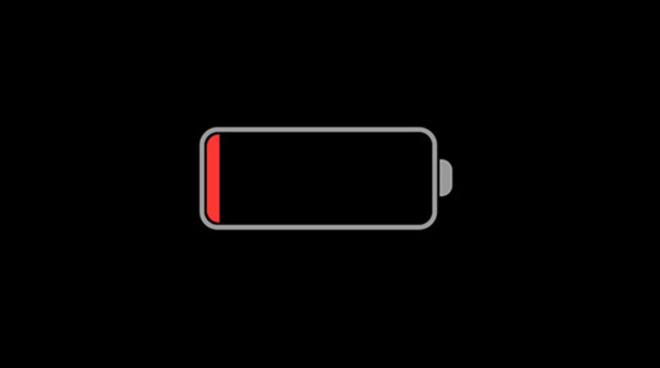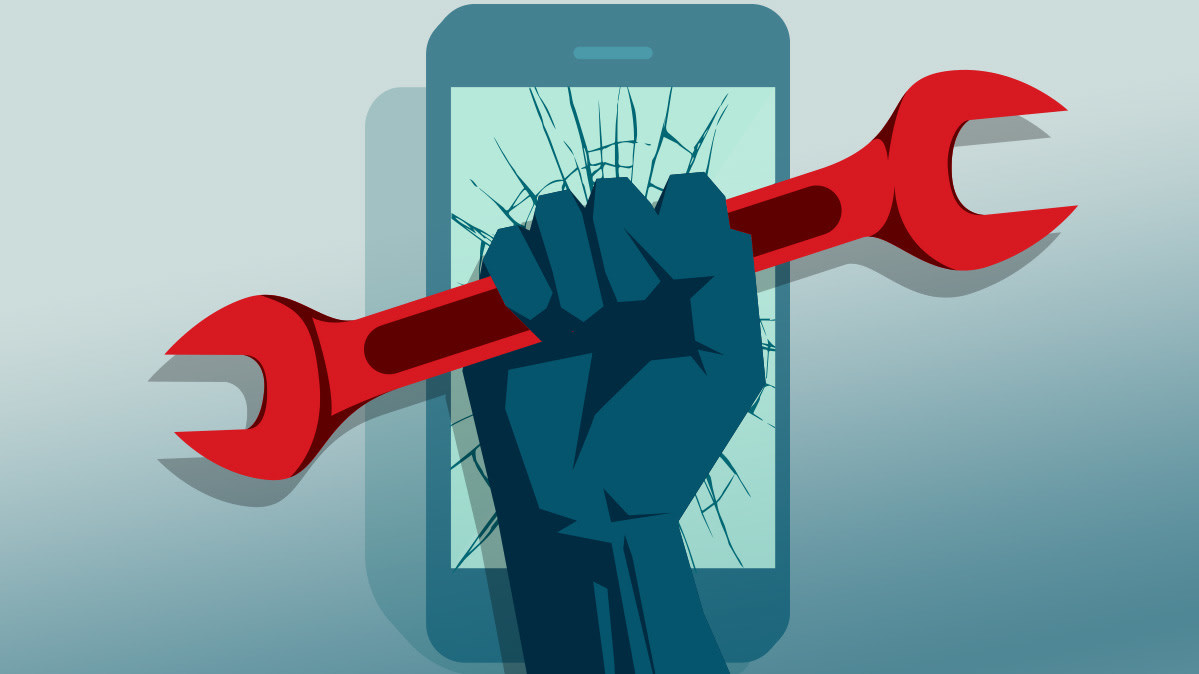Take a bus only a few stops in any city in Europe and you’ll witness the profound impact of mobile phones on society. Consistently, most passengers sit glued to their smartphones; eyes are cast downward and fingers are scrolling or typing through communication platforms from Whatsapp to Facebook. When in public, at times it seems that nearly everybody has a smartphone. It’s no wonder why: since their 2007 release, more than 7 billion smartphones have been manufactured. Today, the global rate of smartphone ownership among people aged 18-35 is 2 in 3. In Germany alone, the amount of people in that age group using smartphone devices goes up to almost 92 per cent. Very rarely do we stop to think of the environmental impact these devices have on the world we live in.
Amidst this profound diffusion of technology, extraordinary innovations in sustainability: in particular in the fields of health, agriculture, and development. Because of smartphones and other devices, it has never been easier to communicate from even the most remote parts of the world. However, this new reach of technology isn’t limited to the social sphere – and it isn’t always so positive. Within just one decade, the production and disposal of smartphones has had an enormous impact on both our environment and the widening gaps of social inequality around the world. According to a recent Greenpeace report, roughly 968 TWh has been used in the production of smartphones since their commercial release. This amount of power is roughly the same used in an entire year in India (a country with almost ⅕ of the world’s population). In addition, each device “contributes significantly to the 50 million metric tonnes of e-waste expected to be generated in 2017.” At the same time, workers in manufacturing countries are experiencing slave-like conditions as they mine for minerals or work in production plants to assure that those with the means have the required unlimited supply of these technologies.
Fortunately, there are ways to correct the vicious cycle of consumption, waste, and injustice perpetuated by the use of smartphones in a global society. It requires taking a hard look at our individual and market behaviours in the smartphone industry, as well as an awareness of both the environmental and human impact of one of the most advanced (yet ecologically short-sighted) technological products on the market.
The Human Cost
In most cases, the cycle of smartphone production begins in a remote mine in the Democratic Republic of the Congo (DRC). In a country blighted by conflict minerals, over 50 per cent of mines are controlled by armed groups or violent, independent militias. Among these groups is the Democratic Forces for the Liberation of Rwanda (FDLR) located in eastern Congo, one of the last fragments of the Hutu rebel group responsible for the Rwandan genocide. In these cases, the local mining populations work under appalling conditions. Situated firmly within the criterion of human rights abuse, women and girls are regularly sexually abused and brutalised as militias move into mining areas. Making an average of 1 USD a day in an environment lacking in health or safety standards, workers as young as 10 years old dig for tin, tantalum, and tungsten. These mineral ores (the 3Ts), in addition to gold, happen to be the fundamental elements in the production of electronic goods, including smartphones.
The vast wealth of the DRC’s mineral ores did not spark the eastern conflict in 2008, but a major Post-Conflict Environmental Assessment of the DRC by the UN Environmental Programme in August 2017 warns of the destabilisation of the entire region due to disputes over mineral territory. Unfortunately, the same sources that anticipate an economic boom thanks to the 3Ts express concern over where the profits end up. Most are siphoned through illegal routes out of the country, and the individuals most negatively affected by the industry see little improvement to their livelihoods or communities.
The Environmental Cost: A Story of Planned Obsolescence
While some estimates assert that smartphone lifespans have the potential of reaching up to 5-10 years, most consumers use them for an average of only 12-24 months. One look at the typical smartphone commercial, and it’s easy to see why. Advertisements for yearly updated models tout innovation and convenience, and have stimulated the growth in sales that has made Europe the biggest market for smartphones in the world. It is no secret that these manufacturers sell experience rather than product. Over 60 per cent of mobile phone sales are replacements for already-existing phones, 90 per cent of which are still functioning when they are discarded. Consumers want newer, better, faster; and smartphone providers give it to them.
The environmental implications of this are enormous. This constant updating has produced a huge amount of e-waste (less than 16 per cent formally recycled in 2014), most of which ends up in a landfill where harmful chemicals can leak into groundwater and affect both human and plant life. By 2020, it’s estimated that the EU will generate more than 12 million tonnes per year of waste from electrical and electronic equipment. Though campaigns around the world work to raise awareness about safe recycling or reusing practices, most of the environmental impact happens before the phones even make it to stores. Still heavily dependent on fossil fuels, the manufacturing process generates waste that is 200 times the weight of the phone.
At first glance, this information appears congruent with a consumer problem. This rate of individual consumption is unsustainable, and the average European citizen should reflect on how their behaviour impacts the environment. However, most research into solutions claims that changing consumer behaviour alone is insufficient. Current industry standards and few regulatory incentives create an environment where planned obsolescence is standard. Despite having a greater potential, phones are built to last just a few years, and updates are often designed to be incompatible with existing software. As phones become thinner and more breakable, repairs are impeded by expensive or irreplaceable parts.
To solve this is, the Greenpeace report mentioned above calls for a new business model in which “manufacturers measure their innovation not by fewer millimeters and more megapixels, but by designing devices to last.” It is only in this way, along with changing how we ourselves buy and (re)use smartphones, that the unsustainable trajectory of smartphone use can be transformed into a sustainable loop.
One way in which you can do your part to try keep this waste down is by having your phone repaired or by buying second hand phones. Here at VanCell we aim to have the highest quality of repairs possible alongside some Grade A+ used phone for sale.
Article Credit:




